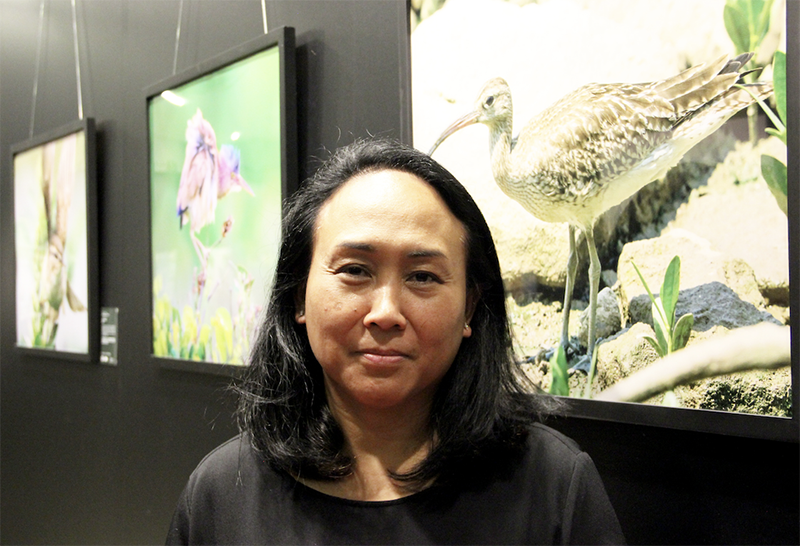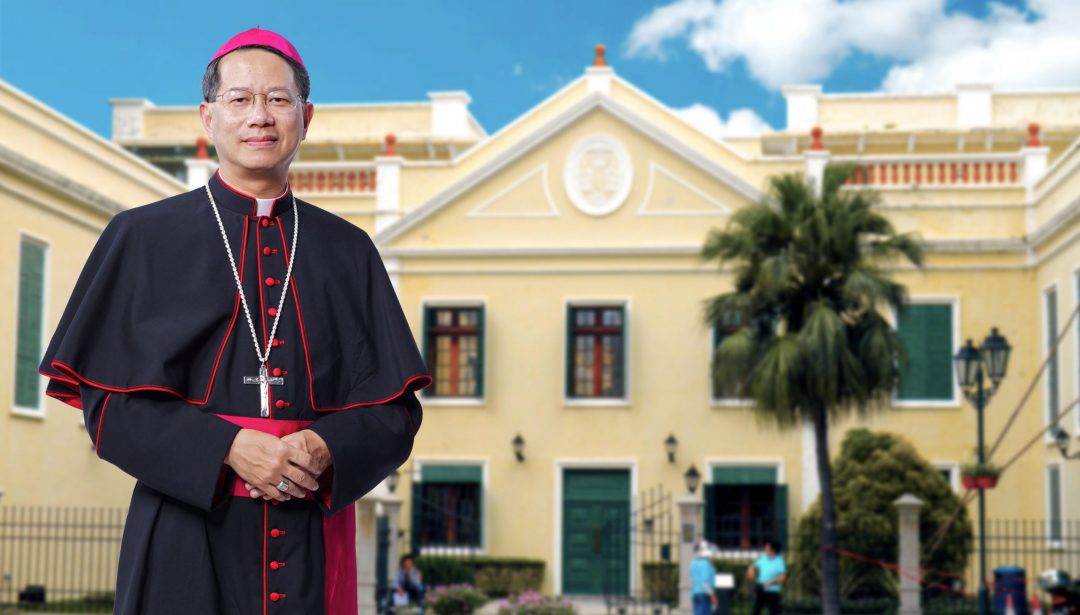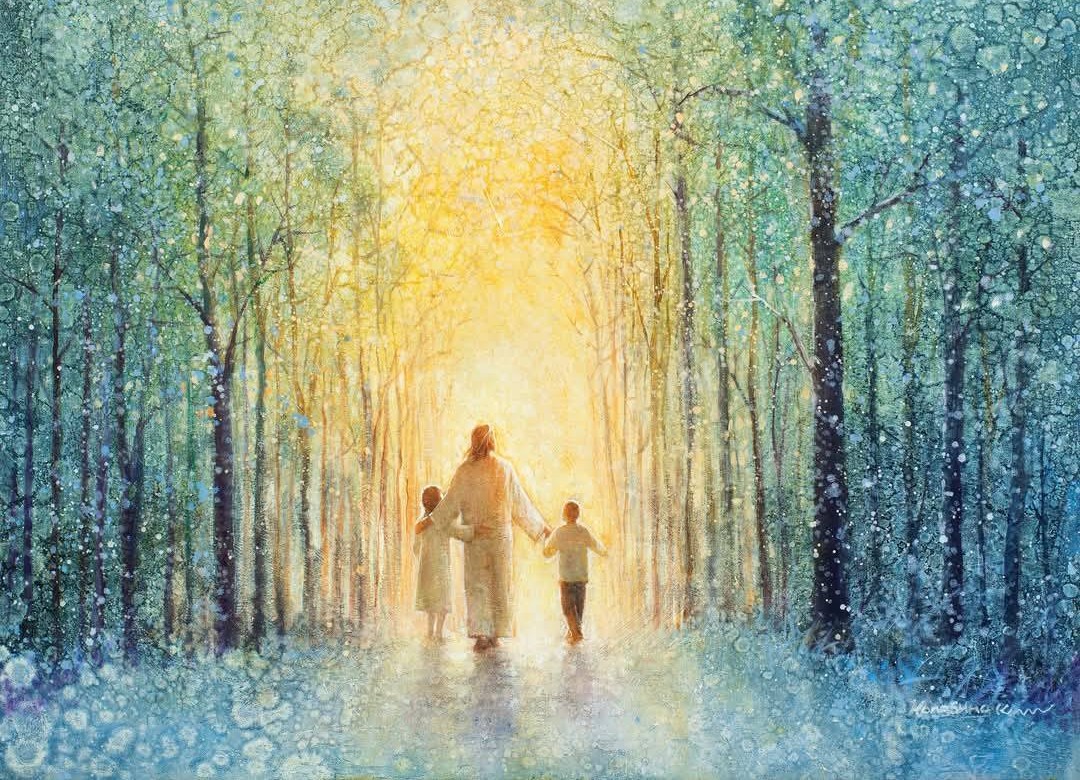Marco Carvalho
Until May 2021, the Holy See is promoting the Special Year dedicated to the Encyclical Laudato Si, a document signed five years ago by Pope Francis that alerts Catholics and non-Christians alike to the need of taking care of “our common home” and that suggests that ecology should become “a new paradigm of justice.” In Macau, the University of Saint Joseph was the first local higher education institution to bring ecology to a prominent position, when it created the Institute of Science and Environment. The organization is currently promoting several research projects. One of the most emblematic of these involves the narrow strip of mangroves that stretches along the coastline of Taipa, Cotai and Coloane. The project sets the tone for a newly inaugurated exhibition on USJ’s campus. Karen Araño Tagulao, the Filipino biologist who coordinates the investigation, spoke with O Clarim about the multiple reasons why mangroves are incomparable ecosystems.
Why are mangroves so important? We live in a very, very small territory, a city where nature is not very well taken care of. We have this almost four-kilometer stretch of mangroves. You were saying that sometimes people tend to neglect or underestimate this kind of ecosystem…
Maybe not neglect. I think there might be some lack of awareness. I think people are not familiar or they just don’t know how important these ecosystems are. One of our objectives is to promote mangroves: to make people know what mangroves are, to make people understand that we actually have them in Macau and to let people know why mangroves are important for a coastal city, like Macau. One of the highlights or the importance of the mangroves – especially with the discussion on climate change mitigation and adaptation – is their role in coastal protection, so they can protect our coast lines from storm surges, which we often experience in Macau. They are natural barriers. I am not saying that mangroves alone can solve the issue, but in combination with other structures, mangroves can definitely help: they can protect the coastline from the impact of strong waves or storm surge. They can also protect the coastline from erosion. Land, particularly here in Macau, is a precious commodity. Actually, what mangroves do is to accrue sediments. They accumulate soil. Instead of losing land, you gain more land, if you have more mangroves, because the soil can be piled up in the roots of the mangroves. Then, of course, you’ve mentioned that, in terms of environment, we have very limited areas in Macau. So, this one, we do have them, almost five kilometers, but you can see that there are a lot of other species associated with the mangroves: a lot of birds, a lot of fishes, crabs and other marine life.
The Institute is also developing a project with gaming operator Sands China, where different species of mangroves are being studied…
Yes, yes. Actually, this exhibition is part of that project. FDTC – the Macau Science and Technology Fund – also funds us. To organize this exhibition is one of our objectives, but the main goal is to use nature-based solutions for a cleaner and safer Macau. We are investigating different species of mangroves to see how they can help in the uptake of pollutants or in the removal of pollutants in the coastal waters. We are talking about chemical pollutants, like heavy metals, pesticides and also other types of pollutants in coastal and marine environments. This is what we are trying to investigate. We are focusing on nature-based solutions, because when we use nature, you are hitting many birds with one stone. You can remediate the pollutants, but here we have mangroves, which can help with the pollutants and you will also have other benefits, like biodiversity. You have a lot of ecosystem services. We call it ecosystem services: the benefits that we can actually gain from the mangroves. So, it is not only about pollution mitigation, but also other co-benefits. Filtering the air, for example. Mangroves can uptake carbon dioxide in a larger quantity, compared to ordinary plants. They can uptake carbon dioxide and store them in the roots and in the sediments.
You were mentioning that you are testing several different species of mangroves. Did you reach any conclusion yet? Is there any species that are better suited to perform that function?
No, no yet. This science project just started a few months ago. Our results so far? We have been looking at specific species that are in Macau and that are easy to grow or more likely to propagate. So far, we identified this one species – the kandelia obovata – and another one that is the avicennia marina – that are very interesting. These are the two species that are also being used by the government for restoration. The seeds are readily available and they easily grow. They are slow growers, but they are native species and that is important, when you choose the species. You don’t want to use invasive species for that purpose.
How will you test the depuration process?
The uptake? We are doing experiments now. What we do is to expose the plants to different concentrations of pollutants, like for example, nitrogen, which is nutrient pollution. Nutrient pollution is one of the things that we are looking at, because it is an issue in this region. We compare the concentration of the nutrients before and after the water is exposed to the mangrove. We measure the levels before and then we expose it, for several days, weeks or months to the mangrove and see if there are any changes.
Do you believe that this can be a solution to treat the residual waters produced by Macau’s largest resorts?
Well, it can help. There are a lot of studies in other places of the world that show how mangroves can help in wastewater treatment. Actually, they are called “natural wastewater treatment plants” because they do the job. Usually, they are used in combination with the normal water treatment process. And when the effluents are discharged into the sea or into the coast, if mangroves are there, they can filter more.
These wetlands, these mangroves, also work as an ecosystem for bird species and several kinds of marine life. Most of these bird species are migratory birds…
They are very important, because they provide shelter and food, both for resident birds and migratory birds. Macau, as you know, is an important pathway for the blackface spoonbill, which is an endangered species. They come to Macau yearly and I believe they do so because of the wetlands that we have.
Land is a valuable resource and also a very scarce one in Macau. Is there any risk that these ecosystems might disappear? If we compare the local mangroves with the ones that exist in other areas, this is a very small place…
We had more mangroves in the past, but due to the development in this region, they declined. This didn’t happen only in Macau. It happened all over the world. Actually, the good news is mangroves in Macau are expanding. I think that this will continue if we don’t disturb them. The best solution is to leave them alone. Don’t do anything, let them be and if you do so, they will be just fine. I believe that the Government is doing its job in protecting, actually, these mangroves. So, if that is kept, I think it will be ok.
What do you think is the biggest threat to this specific coastal area? Pollution?
The biggest threat to mangroves, to be specific, is the development in the coastal areas. In some areas – and this does not apply to Macau – the conversion of mangroves to shrimp farms is also an issue. So, if you eat shrimp, you will have to think about this: to think about where the shrimp comes from. If they come from shrimp farms that have replaced mangroves, you should really think twice. These are the two main threats. But now we also have the climate change issue, because of sea level rise. As I explained, there is a specific depth that allows mangroves to grow. It cannot be too deep or they will drown. They are not submerged plants. They are partially submerged. They cannot be totally covered with water, only partially.
You were mentioning coastal development. Here, in Macau, the Government is protecting this specific area…
I think it is good that they have defined an ecological zone in Cotai. This zone is fenced and it is not even open to the public. You need to have a special permission to go inside.
Nevertheless, on the other side of the channel we witness a big development boom. Can it have any sort of impact in the mangroves?
It can. It can. It can have an impact on the water quality and this aspect can also affect the mangroves. But if you look across, there are also mangroves there. Maybe the development there will have less impact on the mangroves in Macau, because on the other side, you also have mangroves, which will prevent whatever pollutant is produced from coming to this other side.
You mentioned in the beginning of this conversation that the mangroves work like a natural barrier to prevent storm surges. We are in an area affected by typhoons, an area in which floods are very common. Could a larger area of mangroves have some sort of regulating effect on the storm surge?
Yes, but mainly in that area where they are. Protection is better when you have a thicker forest. The thicker the forest, the better the protection. If the mangrove is just this thin, the protection will not be that significant. It has to be wider. It also depends on the species and the architecture of the roots and the branches of the mangroves. It is not that simple, not that straightforward. I am not saying that if you plant a mangrove all around the coastline of Macau that it will protect Macau. It is more complicated than that. But there are many studies that prove that they do, indeed, give some degree of protection against floods.


 Follow
Follow


